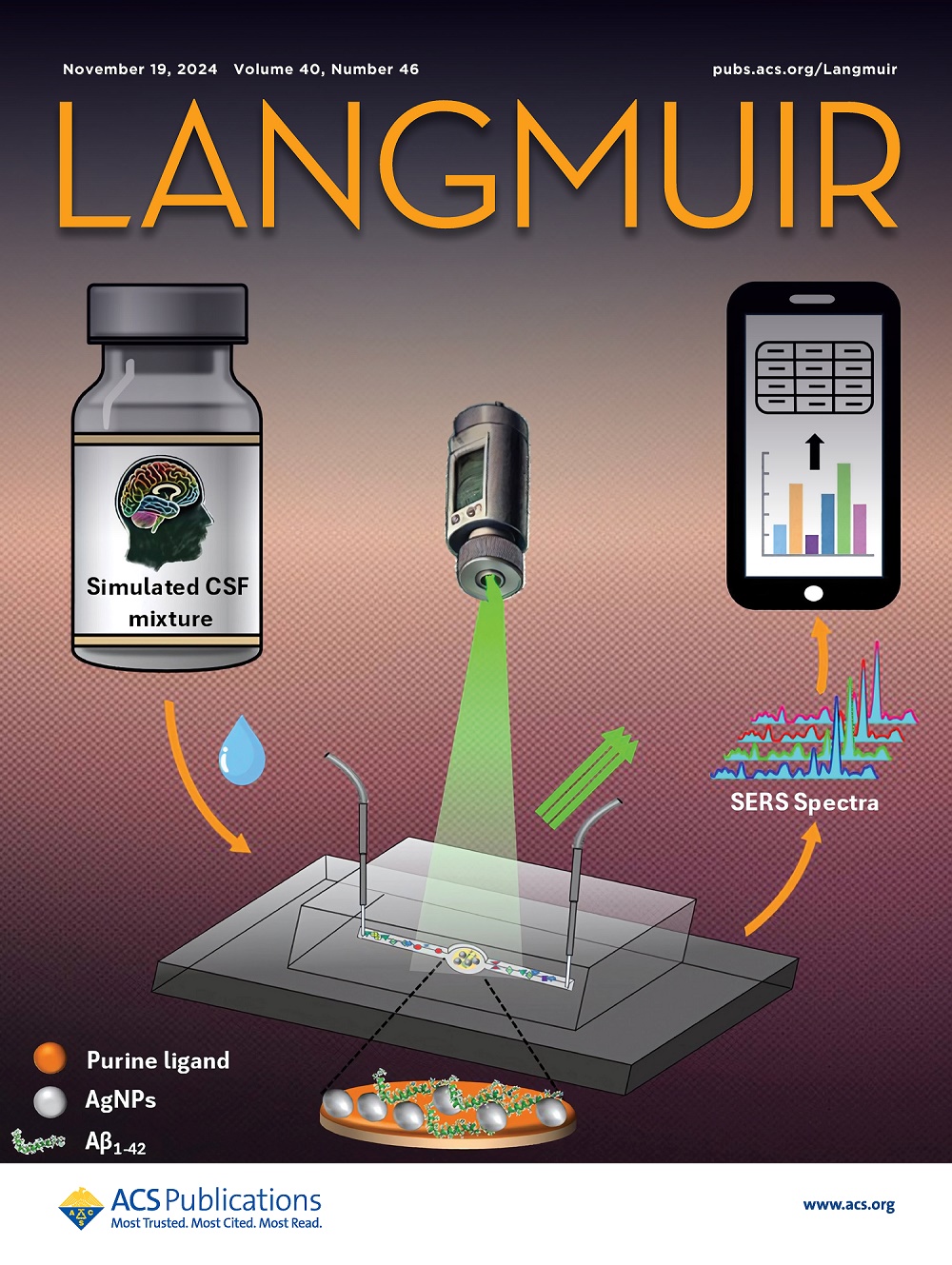Orchestrating Macrophage and Bone Mesenchymal Stem Cells to Promote Bone Regeneration via Modulation of the Internal Surface Morphology inside 3D Printed Scaffolds
IF 3.7
2区 化学
Q2 CHEMISTRY, MULTIDISCIPLINARY
引用次数: 0
Abstract
Surface morphology has been widely used to orchestrate multicellular function. However, most studies are mainly based on two-dimensional (2D) surface morphology. Therefore, a new scaffold that could be used to design and obtain controllable internal surface morphology was fabricated to explore the effect of a micropatterned scaffold on bone repair. In this study, through the combination of three-dimensional (2D) printing and soft lithography, a controllable micropatterned poly(ε-caprolactone) scaffold was obtained, which realized the transformation from 2D micropattern research to 3D research. Pit micropatterns with morphology sizes of 0, 25, and 45 μm (Flat, P25, and P45) were constructed. In vitro, the results showed that the P25 micropattern had a better effect on the promotion of M2 polarization, inhibition of the M1 polarization of RAW264.7 cells, and promotion of the osteogenic differentiation of bone marrow stromal stem cells (BMSCs). Direct and indirect coculture models of macrophages and BMSCs were constructed to study the bone immunomodulation of the pit micropatterns. Compared with the Flat and P45 groups, the P25 group could promote the secretion of M2 markers, inhibit the secretion of M1 markers, and immunomodulate the promotion of osteogenic differentiation of BMSCs. In vivo, the results also showed that the P25 group had a lower proinflammatory effect and better performance than scaffolds without micropatterned surfaces and a bigger morphology size (the P45 group), which could regulate the immune function of macrophages, reduce the inflammatory response, and accelerate bone regeneration and repair. This work provides a new strategy for the preparation of scaffolds for bone defect regeneration.

求助全文
约1分钟内获得全文
求助全文
来源期刊

Langmuir
化学-材料科学:综合
CiteScore
6.50
自引率
10.30%
发文量
1464
审稿时长
2.1 months
期刊介绍:
Langmuir is an interdisciplinary journal publishing articles in the following subject categories:
Colloids: surfactants and self-assembly, dispersions, emulsions, foams
Interfaces: adsorption, reactions, films, forces
Biological Interfaces: biocolloids, biomolecular and biomimetic materials
Materials: nano- and mesostructured materials, polymers, gels, liquid crystals
Electrochemistry: interfacial charge transfer, charge transport, electrocatalysis, electrokinetic phenomena, bioelectrochemistry
Devices and Applications: sensors, fluidics, patterning, catalysis, photonic crystals
However, when high-impact, original work is submitted that does not fit within the above categories, decisions to accept or decline such papers will be based on one criteria: What Would Irving Do?
Langmuir ranks #2 in citations out of 136 journals in the category of Physical Chemistry with 113,157 total citations. The journal received an Impact Factor of 4.384*.
This journal is also indexed in the categories of Materials Science (ranked #1) and Multidisciplinary Chemistry (ranked #5).
 求助内容:
求助内容: 应助结果提醒方式:
应助结果提醒方式:


